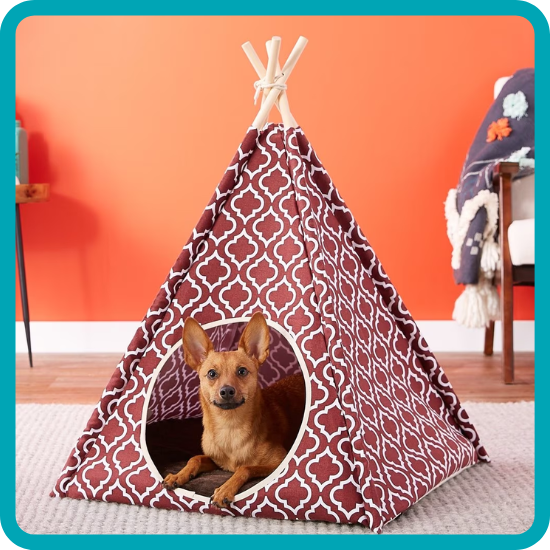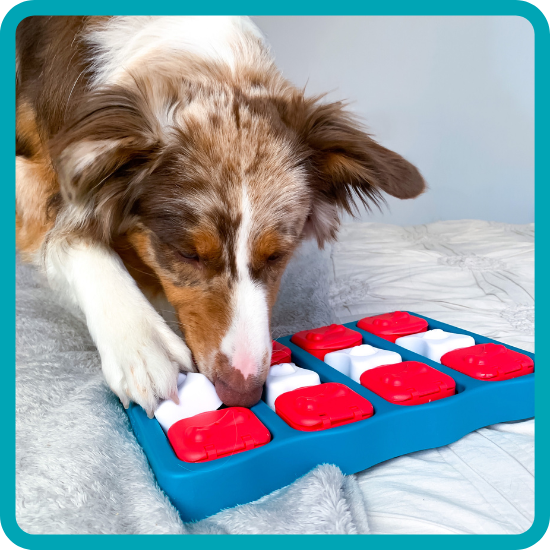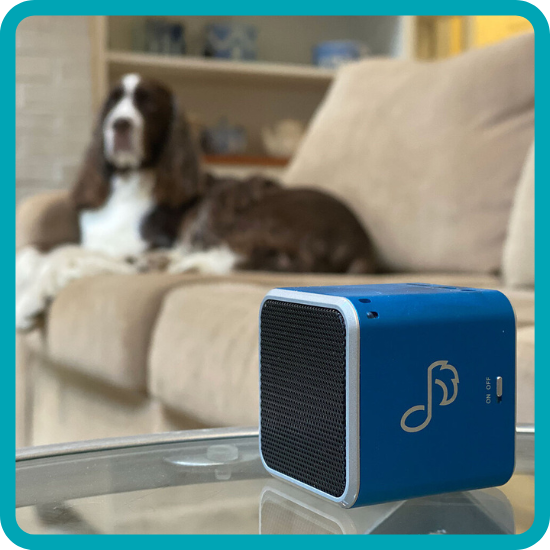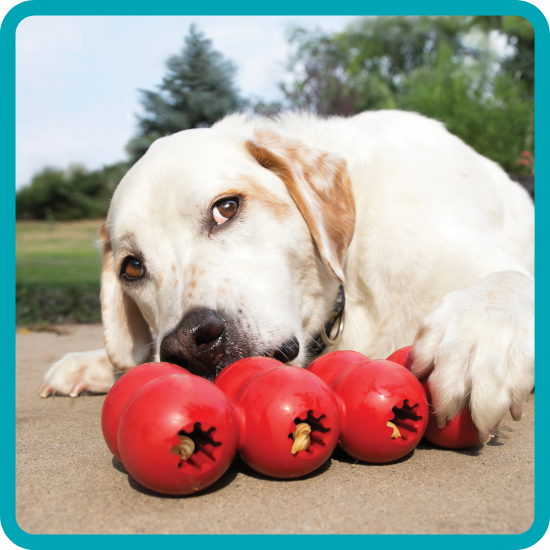Understanding, Preventing and Treating Dog Anxiety
On a hot, humid summer night with clouds forming in the distance as the sun goes down, you let your dog out for a quick bathroom break. However, your dog quickly sprinted back into the house and jumped onto the couch while panting and lightly whining. Your dog then started licking you uncontrollably and pawing at you. You wonder why your dog is freaking out and start to question if your dog is having an anxiety attack or something. The answer may be yes.
If you are asking yourself this -- you are in the right place! The prospect of our dog being scared, nervous, or sad is often so heartbreaking to us as pet parents. Of course, a little bit of stress or a brief moment of fear is pretty much unavoidable and completely normal. But when anxiety becomes persistent, we have the power to help aid our pets in feeling better.
When your cherished pup is anxious, all you want to do is assure them that everything will be OK. Here's what you should know about recognizing dog anxiety and how you can help your furry friend feel better.
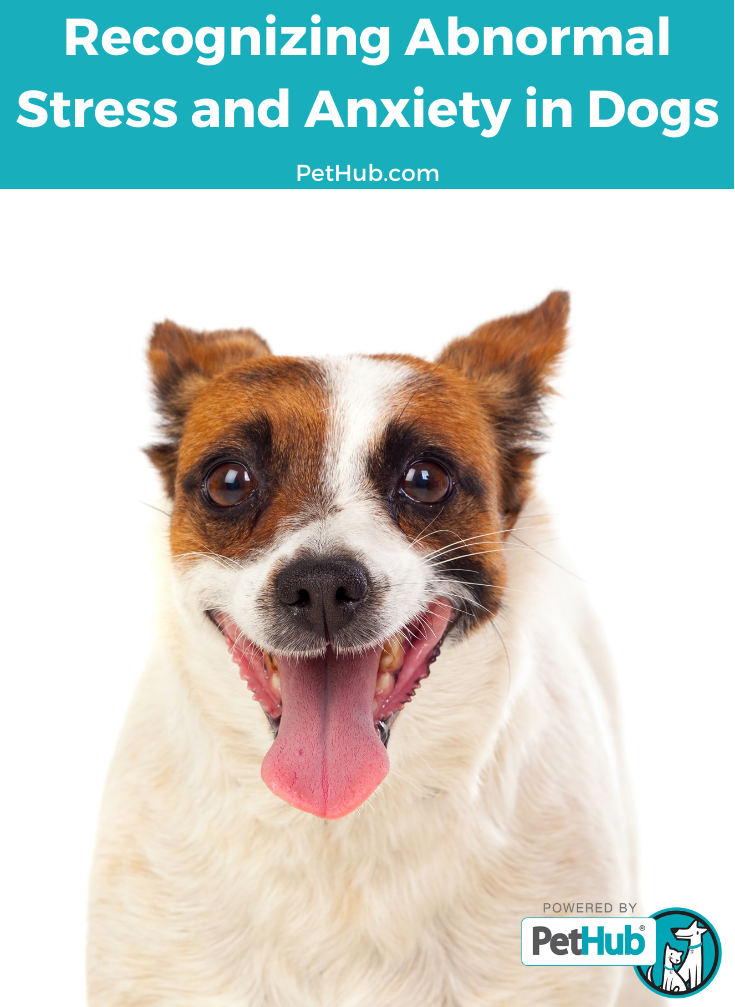
How to Recognize Anxiety in Dogs
There are multiple signs of anxiety in dogs, and as their parent, it's critically important that you learn to recognize behaviors and body language that indicate your pupper is stressed out.
Canine anxiety is a serious problem and should not be taken lightly. If left unchecked, it can lead to more severe issues like aggression, destructive behaviors, other behavior problems, and overall physical and emotional health problems.
Another unfortunate truth is that a scared or nervous dog is more likely to run away due to shock. More pets go missing during storm seasons and on holidays with fireworks than at other times of the year. Therefore, it is important to recognize the often subtle body language and behavioral signs to know if your dog shows signs of fear, phobia or anxiety.
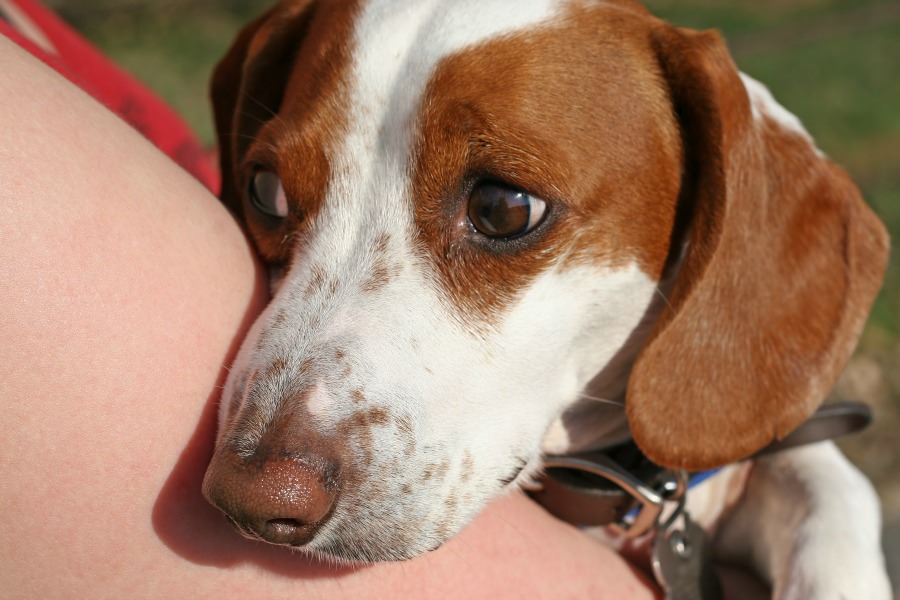
Common (and Often Subtle) Signs of Anxiety In Dogs
Recognizing when your dog is nervous or scared is important. Sometimes, the behaviors are rather obvious and most people will quickly grasp that their dog is anxious:
- Tucking their tail
- Avoiding interactions
- Whining or whimpering
- Avoiding eye contact
- Pacing
- Trying to hide or escape
- Trembling
Other subtle signs may not be as obvious:
- Dilated pupils
- Panting
- Fidgeting or obsessing over an object, like a toy
- Excessive licking
- Drooling
- Displacement behaviors - yawning, lip licking, air sniffing, “shaking it off” like a wet dog
- Spontaneously peeing or pooping in the house
- Exhibiting destructive behavior
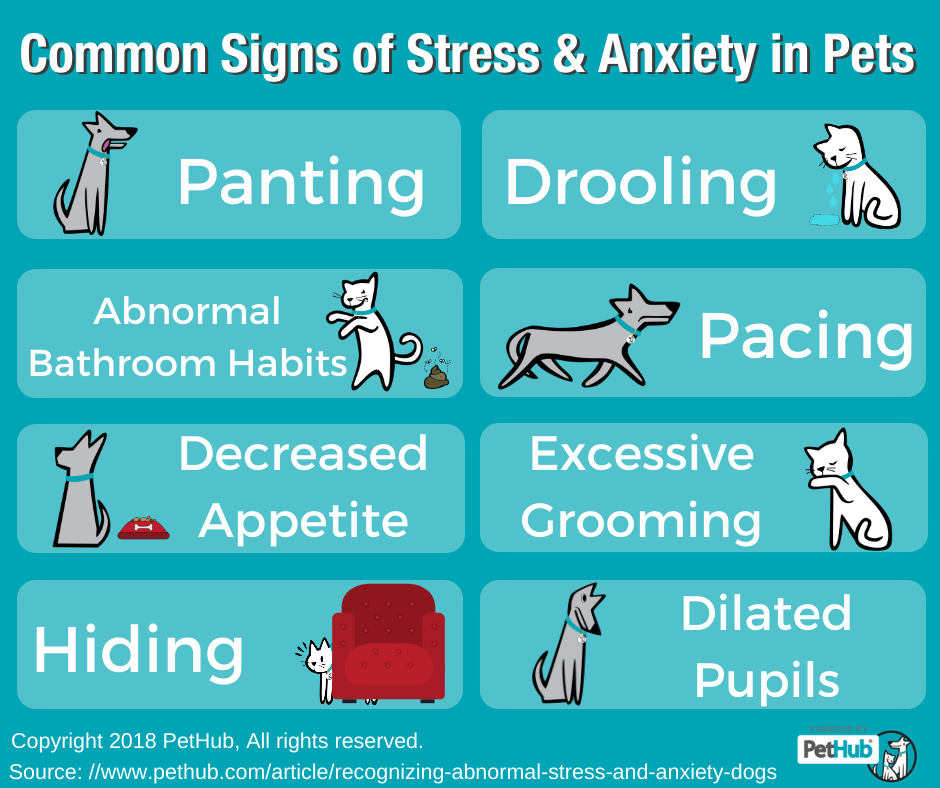
While many of these behaviors can be considered “normal," they can be reason for concern if they are taken to the extreme or start to occur routinely. If not addressed at the onset, a natural reaction to the unknown can turn into a phobia or general anxiety.
Does your Dog have Anxiety, Fear or a Phobia?
Veterinarians estimate that 50% of dogs and cats suffer from some form of fear, anxiety, or phobia. In fact, according to a recent study, anxiety in pets has significantly increased since the pandemic. Fears are typically short-term anxiety responses that dogs experience when they feel like they are in danger. Phobias are typically tied to a specific trigger. Anxiety, on the other hand, is a recurring or even continuous state that causes the dog to be “on edge” regularly. Anxiety, on the other hand, is a recurring or even continuous state that causes the dog to be “on edge” regularly.
Fear - When Your Dog is Calm One Minute and Scared the Next
Fear is a normal response. Dogs naturally keep an eye out for potential threats. Fear-based anxiety is the instinctual feeling of fight or flight in the presence of a specific real or perceived threat.
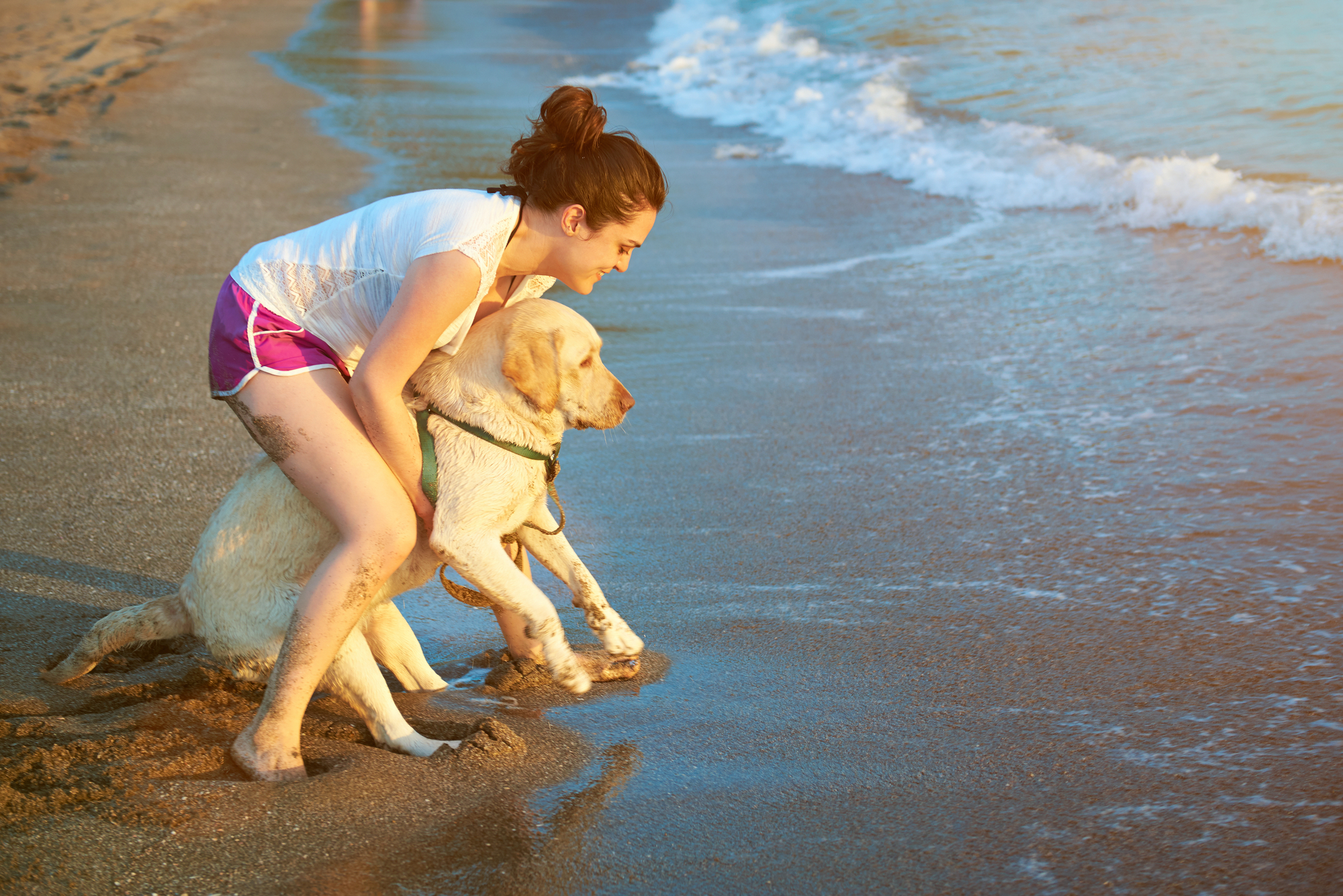
A dog may exhibit a fear response around a certain person, object, or in a specific situation, especially in new situations or environments. For example, puppies are often scared the first few times they face going down the stairs, and many dogs may be scared to go in the water the first time they visit the beach. A fear reaction can occur at any time, but it’s usually always triggered by the same specific thing or situation each time.
Fear is natural, but it can become problematic. Fear becomes a problem when the reaction is abnormal or inappropriate -- when your dog’s reaction goes beyond “just a little nervous” to something more severe.
The good news is most abnormal fear reactions are learned and can be unlearned with training and gradual exposure. However, if not addressed in a proper and timely manner, these situations can lead to a long-term phobia or anxiety state.
Phobia - When Your Dog Always “Loses It” in Certain Situations or When It Sees a Certain Object
Persistent, excessive fear of a specific stimulus (trigger), left unaddressed, can lead to phobias. In other words, if you know your dog is terribly fearful of something but they keep getting scared by it, and they are exposed to that same thing over and over, their fear can develop into an extreme reaction.
The phobia can present itself when the dog is confronted by, or merely anticipates, the specific trigger. Some triggers can make sense, like loud noises or the car or a big barking giant at the dog park. However, some might not make any sense, like people wearing hats or glasses or inanimate objects like a lamp.
Common Phobias for Dogs
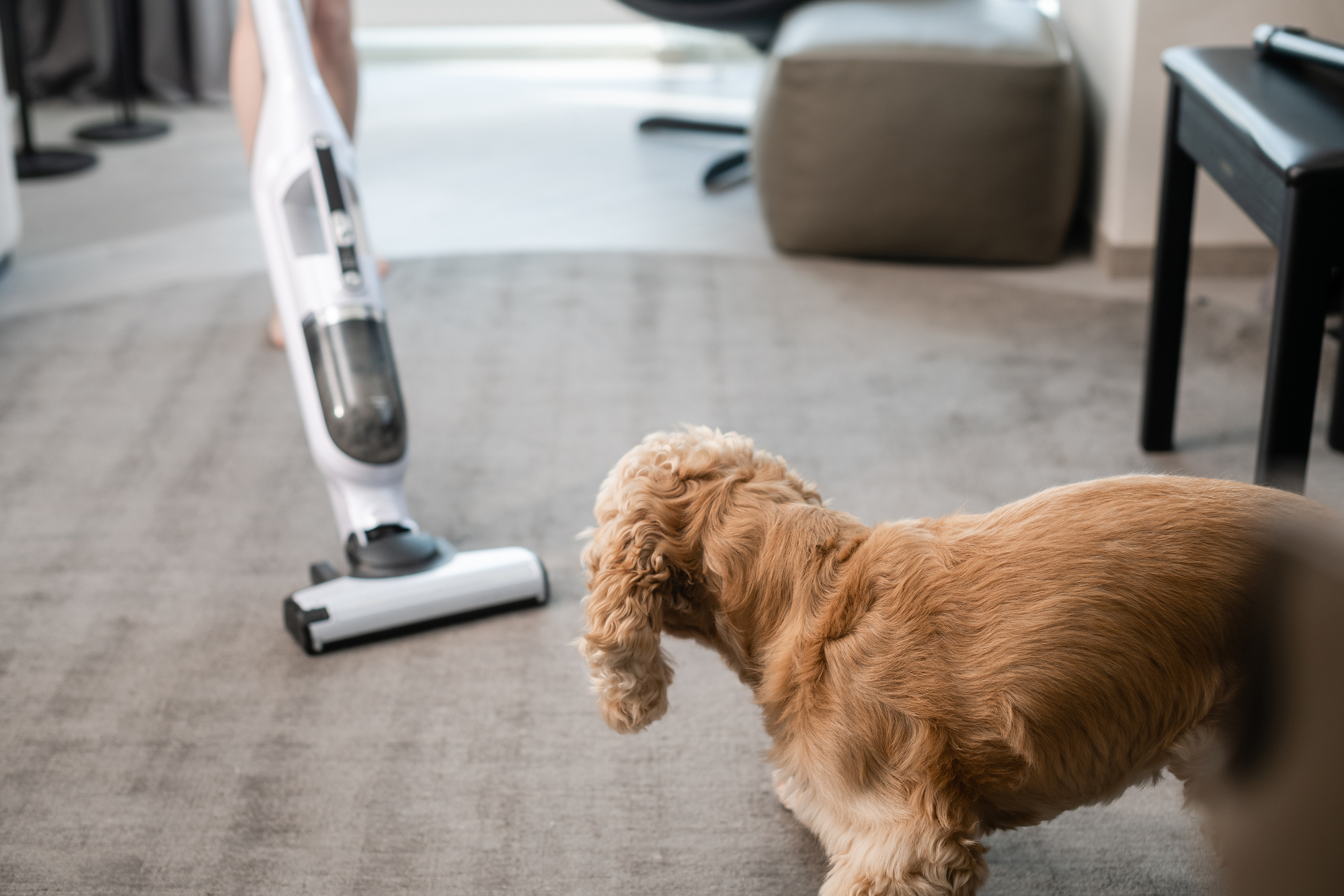
Dogs commonly develop phobias to loud noises like thunderstorms or fireworks, and even loud machines like a vacuum cleaner or hair dryers. Your dog can also develop specific phobias to:
- Insects: if dogs have received painful bites or stings from them
- Humans: often men or certain apparel, that they associate with a traumatic situation
- Blood draws or injections at the veterinarian: if they are associated with painful moments in the dog’s memory
If your dog is exposed to the trigger, they have a phobia to again and again without intervention from you in the form of reassurance, behavior modification, counter-conditioning, or desensitization, they may become constantly anxious.
When they feel like their world is unpredictable and the scary thing can show up at any time, they’re always anticipating a negative experience. In that case, their behavior may turn into generalized anxiety.
Before choosing to figure out a method of treatment, it's always a good idea to review your dog's symptoms with a veterinary professional. Online telehealth like The Kinship makes instantly chatting with a licensed veterinarian anytime, day or night easy, and affordable. It takes only a few minutes to log into the website and start a consultation.
How to Prevent Fears & Phobias
Most fears, phobias, and anxieties develop in dogs at the onset of social maturity, from 12 to 36 months of age. It’s very important to address any anxiety that appears within this learning window by socializing your dog to people and other animals and exposing them to different environments, objects and walking surfaces.
And it's not just for puppies and young dogs. Throughout a dog's life, even for senior dogs, it's important to continually work on socializing with your pupper. Positive interactions with other dogs, children, and new situations will make them much more trusting and adaptable, and less prone to behavioral problems.
However, sometimes that key period gets missed or that formative period is wrought with uncertainty, like with some rescue dogs that have been juggled from home to home at an early age. Also, fear anxiety, phobia and generalized anxiety can develop despite an owner’s best efforts.
Anxiety - When Your Dog Always Seems on Edge with No Explanation
Is your dog acting nervous and displaying all or some of the signs of anxiety listed above regularly? If your dog is always on the lookout, and always seems on edge and unable to let their guard down, they might have a general anxiety disorder.
So what does dog anxiety look like? A dog with general anxiety is almost always walking around nervous like they are waiting for something to go wrong. There isn’t a rhyme or reason to it. This constant anticipation of future unknowns is usually more consistent than fear anxiety or phobias -- no extreme highs and lows, and ongoing.
While generalized anxiety can develop from regular exposure to something your dog has a phobia of, it can also be caused by something as simple as the upsetting of routines or environment like a family member moving out, being left home alone for a long period or moving to a new home.
How can I help my dog with their anxiety?
If your dog suffers from anxiety issues, there are some important things you address right away to help your doggo regain their calm and sense of security. This includes investing in products and services that are tried and true to provide comfort and relaxation.
You can find all the products listed in this article in an Amazon storefront called "Pet Anxiety Product Picks."
Dogs with Anxiety Crave a Private, Safe Space
Ensure that your pet has places they can retreat to if needed, a calm place designed just for them. Furniture style enclosed crates, covered "cave" beds, and doggie tent beds are excellent for providing a secure space and hiding spot.
Work the Brain to Calm the Mind
You know what it's like. You're worrying all the time about this thing or that and so you practice self care by going for a jog, playing a game, reading a fun and entertaining book. Interactive games like fetch or tug of war, or giving them challenging treat puzzles do the same thing for a dog and can help to reduce stress levels. Engage in activities that offer mental stimulation can help anxious dogs take their mind off of their worries, and are a key part of managing anxiety. As the saying goes, "A tired dog is a happy dog," so doing at least 20 minutes daily of a brain-working activity will help reduce anxiety.
Music Calms the Savage Beast
Calming music has been proven to help pets suffering from anxiety, including separation anxiety. Tools like PetTunes, which has been scientifically developed and designed specifically for canines, can give great comfort to stress-out pups.
Yes, Your Dog SHOULD Watch TV to Chill
This "watch anywhere" video service was developed scientifically to help your pet deal with anxiety. DogTV is particularly beneficial to help a lonely dog cope with being home alone.
Treat Stuffer Toys
Long-lasting stuffable treat toys are trusted anxiety busters for a reason --they work. Classics like Kong, and newer innovations like Stashios Soothing Saucer, appeal to your dog's need to lick as a self soothing action, forcing your dog to focus solely on getting the yummy out of the toy, and let the worries slip away.
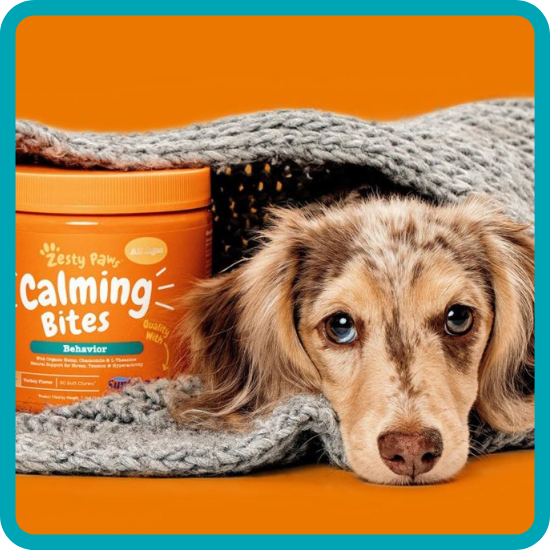
Supplements, Vests and More
There are oodles of all-natural, veterinary-recommended, drug-free solutions on the market for dog anxiety. From CBD and other supplements to behavior modification training to pressure wraps, there are many at-home remedies you can experiment with to see which products work best for your pet. Oftentimes, a layering of two or more solutions can provide them with the maximum relief. Check out our article that outlines ten of the most effective and popular pet anxiety relief aids on the market.
When to Consult with a Health Professional About Dog Anxiety
Not all dogs respond to at home remedies to treat anxiety. And often, a dog's anxiety is more severe, may suddenly onset and may be related to other health issues. Left untreated, your dog's behavior may deteriorate quickly and become problematic. You should never hesitate to talk to your veterinarian or use a telehealth tool like The Kinship to discuss your anxious dog. Consultation with a trained professional is often the best course of action for treating your pet’s anxiety or stress levels.
Veterinarians can provide options such as behavior modification or medication and can help determine if there is an underlying health issue. There are several distinct types of canine anxiety (including separation anxiety, social anxiety, etc.) caused by a wide range of factors. Dog anxiety can be a serious medical issue that requires consultation with your veterinarian to identify a comprehensive treatment plan, including medications, to alleviate stress in your pet.



